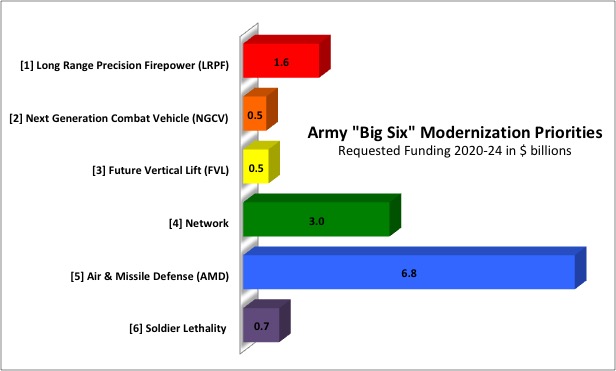- Joined
- Mar 11, 2006
- Messages
- 96,114
- Reaction score
- 33,461
- Location
- SE Virginia
- Gender
- Male
- Political Leaning
- Conservative
New next-gen Army 50mm cannon destroys targets in live-fire demo | Fox News
We need to work on missile defense too. Not sure how much of an explosion occurred, since the pictured ammo is practice ammo.(Kingman, Ariz.) As a small ball of fire shot out of the end of a new 50mm cannon, a cloud of smoke filled the air and, in what seemed like less than one second, an explosion of smoke and fire destroyed a mock enemy target from hundreds of yards away -- on the other side of an Arizona desert valley.
The explosion was precise, burning and shattering a metal target in successive shots of three to five rounds. This blast effect, weapons developers explain, is precisely the intent for the Army’s new 50mm weapon – to bring a longer-range, more-lethal measure of firepower to medium caliber armored vehicle attack.
The live-fire demonstration, taking place at Northrop Grumman’s 2019 Bushmaster User Conference in Kingman, Ariz., was designed to further prepare the weapon for integration onto armored vehicles and, ultimately, send the new cannon to war. Military representatives from the US and as many as 25 partner nations gathered to see the live-fire demo, which included a host of armored-vehicle weapons and technologies - such as the 50mm cannon.
Last edited:



